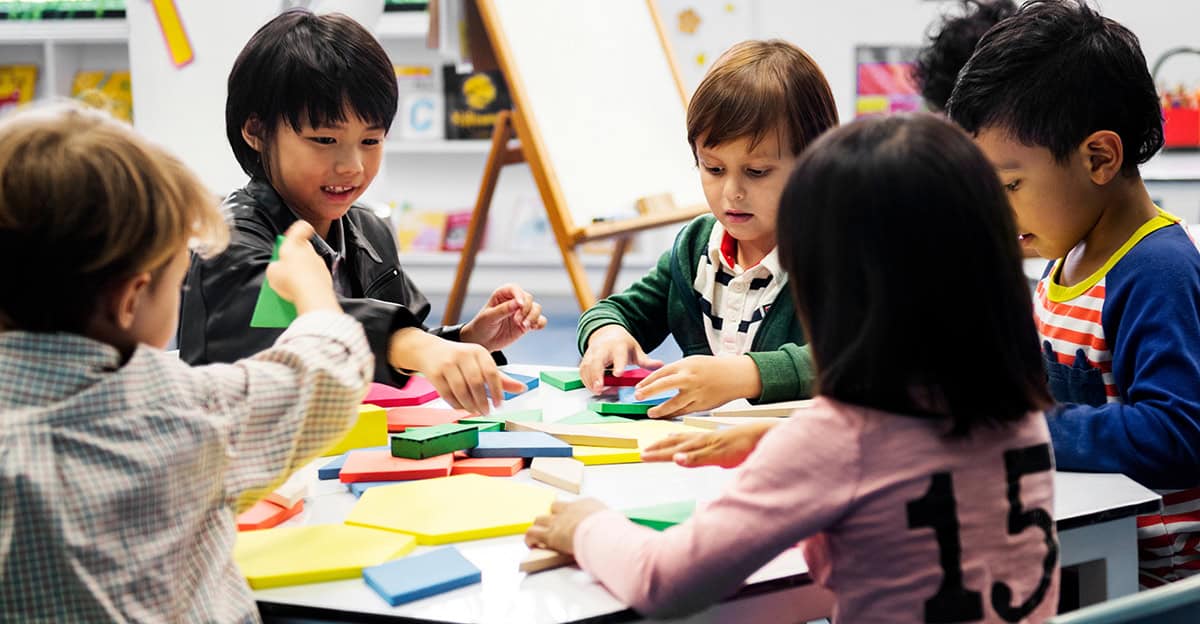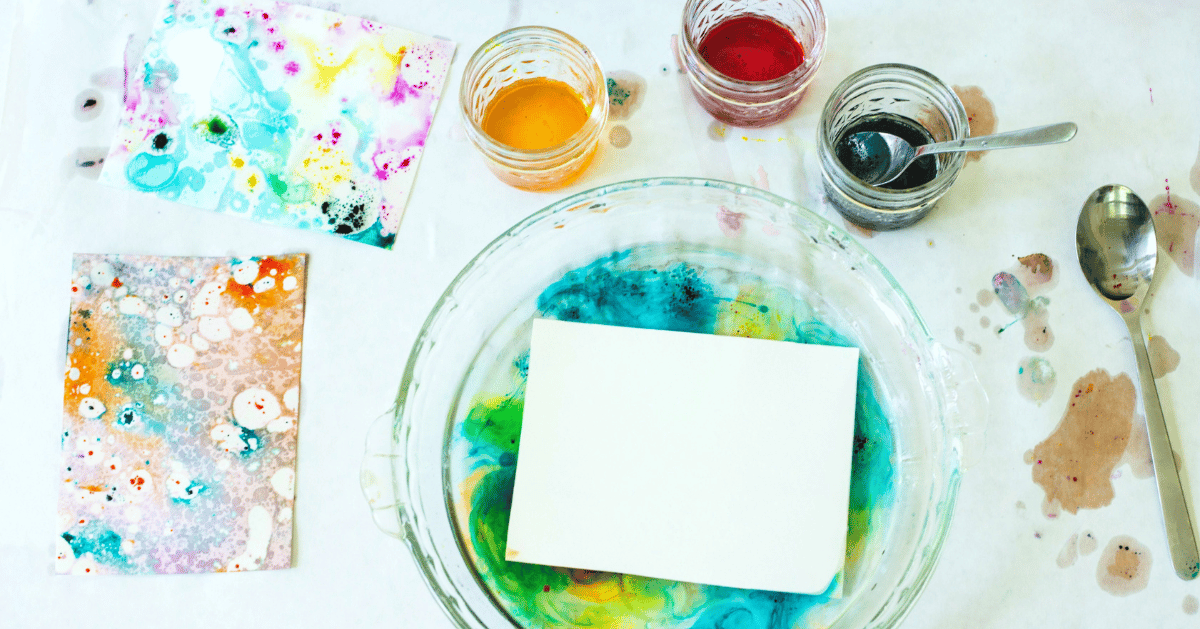
With classrooms across the country becoming more diverse, it’s critical for educators to ensure students of all races and cultures feel seen, heard, and empowered to succeed. Promoting cultural inclusion in your classroom may take some work, but we’ll help you out with five ways to make it fun, meaningful, and lasting.
Know Your Students
This may sound simple, but in some classrooms, truly getting to know and understand your students as individuals can feel like it’s testing your comfort zone.
Start simple by learning their names and ensuring you pronounce them correctly. For a name that feels especially difficult, write it out phonetically for yourself until you’re sure you remember it.
If you’re unfamiliar with a student’s culture, take some time to learn about it. They may not choose to talk about it, but you’ll have a foundation to build on if the subject comes up.
Celebrate Cultural Differences
Getting to know your students is important to ensure they feel included as part of a greater community while embracing their differences. From there, you can find ways to celebrate their cultural differences as a class.
This can take many forms. Work with the students to determine their comfort level and an appropriate way to share their unique heritage.
It could be as simple as celebrating a holiday with traditional foods or making Inspiration Flags to represent their ancestry. Find activities that are designed to honor that holiday or time of year. This can range from sugar skull crafts to celebrate Dias de los Muertos in November to making stained glass clover crafts for St. Patrick’s Day in March. Take some time during Black History Month to introduce students to the contributions of black artists. The most important thing is to keep the celebrations positive, culturally inclusive, and culturally appropriate.
Directly Address Stereotypes
Unfortunately, the process of learning about different cultures may expose some stereotypes. These should be addressed immediately and thoroughly to ensure students understand how hurtful some stereotypes can be.
Most children likely don’t even realize where or when they developed stereotypical perceptions of other races or cultures. Use this as an opportunity to guide students and promote cultural inclusion. Let them ask you and each other questions as they learn to participate in respectful communication.
Community Through Collaboration
Setting students up in diverse pairs and small groups is a powerful way to encourage a multicultural sense of community. This may not work for every project, but when possible, give students the flexibility to learn from each other directly.
This doesn’t even necessarily need to include a cultural component. Simply letting students work together and earn each other’s respect can significantly impact their overall cultural outlook.
Diverse Curriculum and Supplies
Some areas of the curriculum have natural ways to incorporate cultural inclusion in education.
- If a history lesson talks about a culture represented in your classroom, dig a little deeper and find ways to provide more meaningful context
- Introduce multicultural arts and crafts projects and include a lesson that ties the craft and its history to part of your curriculum
- Assign a creative writing project or essay where students imagine themselves as one of their ancestors from another country
Your use of classroom tools and supplies can also subtly impact how your students embrace cultural inclusion. For example, incorporate skin-tone paints, markers, crayons, and colored pencils into a self-portrait project to allow students to express themselves more artistically. For storytime, lay out a rug that celebrates love and cultural diversity. When building your classroom library, take advantage of bilingual book sets and read-alouds that promote cultural inclusion and diversity.
We love hearing from other teachers and educators around the country and the world. How do you create a culturally inclusive classroom? Let us know in the comments!





